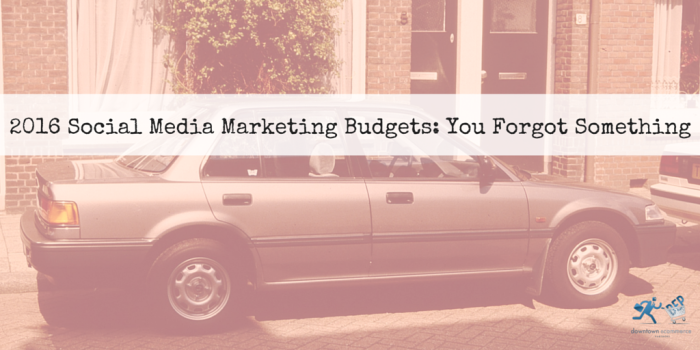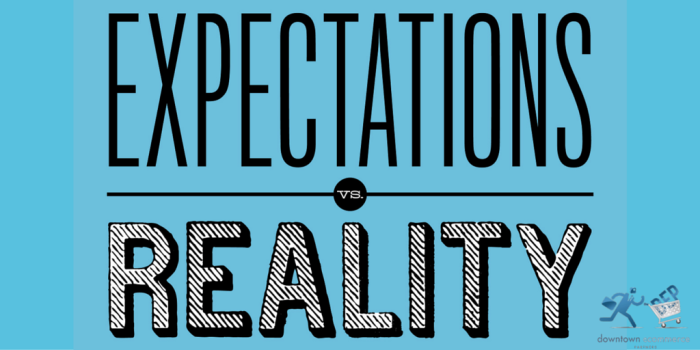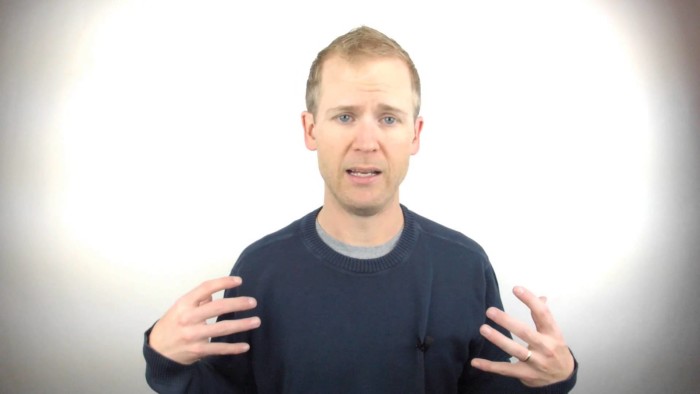Blog
2016 Social Media Marketing Budgets: You Forgot Something

Shopping for racing tires assumes that your car is worthy of 4-figure wheels. If it’s a ‘89 Honda Civic, with an aftermarket exhaust, maybe you have some other priorities, hm?
This is not a blog touting the value of social media advertising. There is plenty of that already written. While social hasn’t categorically killed traditional paid search just yet, the writing is on the wall for cookie-based marketing. Social media holds the keys to the castle. You already know this. That’s why you’ve read this far.
Before we get too far into what your advertising spend should be for social media, let’s put a little attention on what’s under your social media hood.
Questions you should ask…
-
What’s the goal?
-
Where’s the focus?
-
What’s the plan?
-
Who is in charge?
-
What is expected?
-
Where should we spend?
-
How much?

Forget budget, what do you want to get out of it?
We’re big fans of starting first with your organization’s mission statement, or goals for the year. When it’s all said and done your social media plan must support these objectives.
Ultimately you need to invest some time into deciding what you want to get out of social media. This will determine what you spend in next steps.
Are you looking for a customer service platform? That will require a labor spend.
Do you want to build an audience to whom you can publish articles? That will add on spend for hiring a writer, and possibly someone to syndicate your blogs.
Are you looking for site traffic and conversions? Again, labor is going to factor in.
Likely there’s value in customer service, audience building, site traffic or conversions. If you’re not connecting the dots, this would be a good time to get the opinion of 2-3 people who manage social media campaigns.

Where should you be focusing? Which platforms?
This isn’t your father’s social media. Facebook, Instagram, and YouTube may be the big dogs, but the game is more diversified now.
Meerkat, Periscope, and Reddit are just a few of the rising stars in social media. These don’t include the immeasurable number of new platforms launching every week.
This part of your planning isn’t going to necessarily cost you, but once you decide on your focus platforms you may decide to pay for design work. This is important to talk about now, as you may decide to get very myopic in your approach.
There is value in keeping your strategy as simple as possible, for sure. We generally recommend clients have as many of the platforms set-up as possible.
Creating profiles and setting up vanity URLs, like this: https://www.google.com/+downtownecommercepartners.
See how it includes our name and not just a collection of random numbers? That’s vanity, baby! Setting it up is free.

What is the plan to set up those platforms?
Here is potentially the first out of pocket cost you may incur in your plan. It’s twofold. You need some to set-up your channels.
That person will need to secure you vanity URLs. They’ll need to create a consistent brand look and feel across the platforms, with profile pictures, banners, and any other design elements.
It’s nothing as difficult as designing a web page, but if you don’t take the composition of your pages seriously, neither will your followers.
Someone on your existing team, with a background in design, could probably do a bang up job with stock photos and a few hours of work. Otherwise, you need to hire a marketing specialist to do it, which could cost you from $100 – $1000 just for set-up.

Who is going to manage your plan?
So, you know what you want out of your social media plan. You know where you want to be. Great! Who is going to manage it every day? Yep. Every day.
You may not need to put someone on this one full time, but let’s assume you’ll need someone, at least, part-time. Budget 20-hours a week of labor. This person will be on your social media profiles periodically every day.
Unless you are just getting started, as the CEO this is not something you should try to handle yourself. You may decide to set up your pages yourself, but in the long run, the work should be handed off to someone else.
This doesn’t mean you have to be hands-off. It just means you can’t run your business and spend all day on Facebook. Even Mark Zuckerberg doesn’t do that.

What do you expect from each platform?
Is the goal to be present and accounted for, or do you hope to really drive a given platform? If you’re an ecommerce, you’ll probably want to be many places, but Facebook, Instagram, and Pinterest could really drive sales.
Start by bucketing your channels into categories. Put them into the following: presence, engagement, and sales. To start, just put one channel into the sales bucket. This will ultimately be where you strategize your ad spend.
Where exactly should you focus your ad budget?
As of today, we generally recommend Facebook or Instagram as a top choice for most ecommerce companies.
It’s true, Linkedin, Twitter, and Google+ have advertising platforms, but these channels are not likely your ecommerce target audiences. Exceptions might be B2B for Linkedin, and tech sales, for Google+, but we would still argue you should start in Facebook.
There may be value for ecommerce companies specifically marketing to women in Pinterest, but the sheer numbers are what sway us. Pinterest has 100-million active users, which is impressive, but Facebook has 1.5 billion!
Instagram is a mere 400-million, but Instagram and Facebook ad platforms work together so you don’t have to necessarily treat these as separate channels. They are one big happy family.

How much should you spend?
Depending on what you decided in step one, and what kind of budget with which you are starting, you may spend as little as $100, and into the thousands of dollars. To simply drive your follower counts higher, start with the $100 end. It won’t take much to build up your likes. It also won’t give you much in returns.
If you have no idea, consider running a campaign geared at driving traffic, or even conversions. I like starting with $500.
It’s a modest budget most small to medium ecommerce companies can afford to play with. You will get better results as you go, and then you can increase your budgets at that time. More on this in just a bit…
You can track your conversions right in the Facebook ad software by setting up a unique pixel on your website. What we find is that when we run campaigns geared towards traffic or sales, users invariably go back and follow our client’s Facebook and Instagram pages. Two birds, one stone.
Most business owners try to run their social media without help at first. This is likely you, as you’ve just read this blog for that very reason.

If you want the best chance of getting this right the first time, spend some time on Jon Loomer’s site. He is the accepted spokesperson for Facebook advertising.
Read as much of his material as you can digest, but understand you will have to learn by doing. You can’t learn to drive a Honda by reading the manual. Frankly, some of us just should never get behind the wheel. You know you best.
If you can’t or simply don’t have the time, then contact us. Let us help you. We do this all the time.
Damon Mitchell | Social Media
Categorised in: Social Media
This post was written by downtownecommerce_admin
